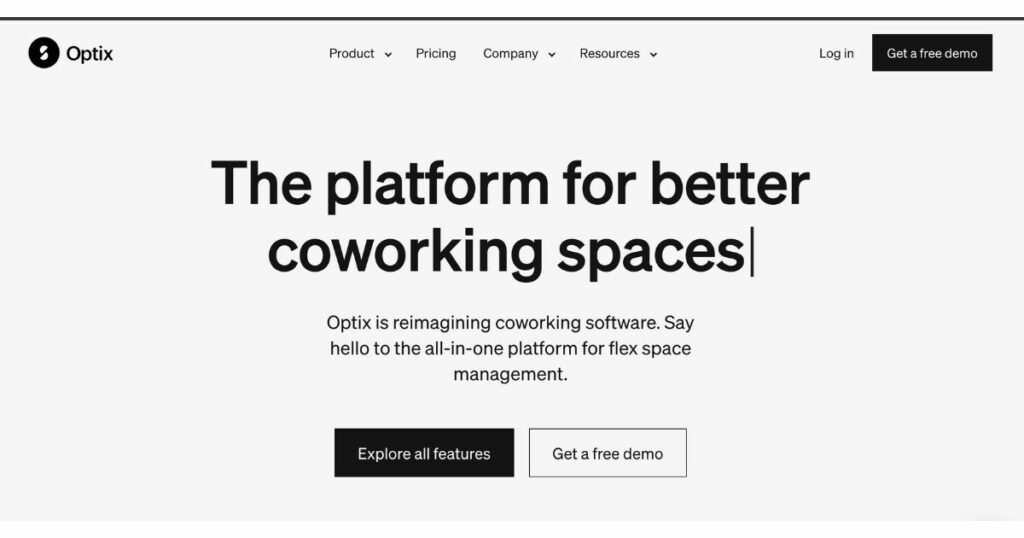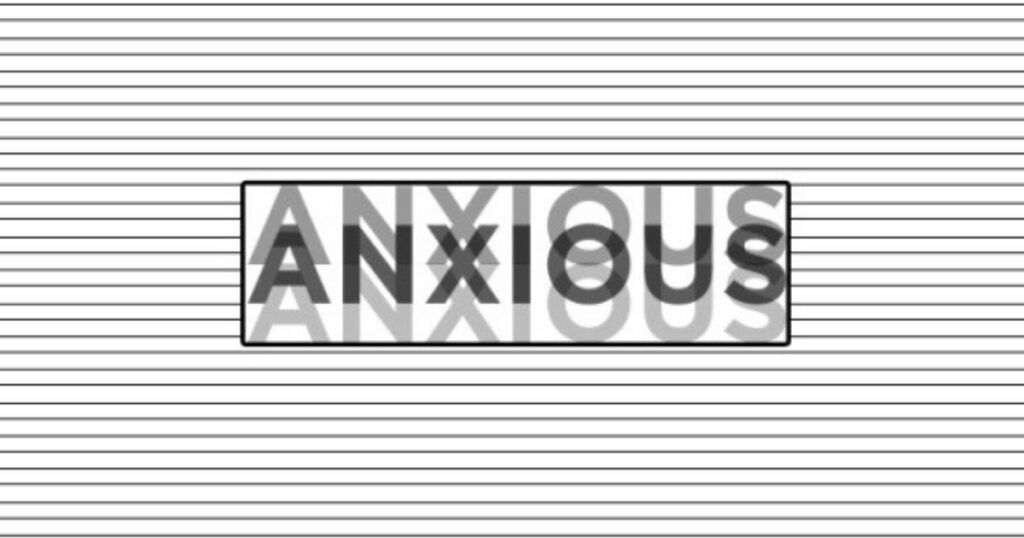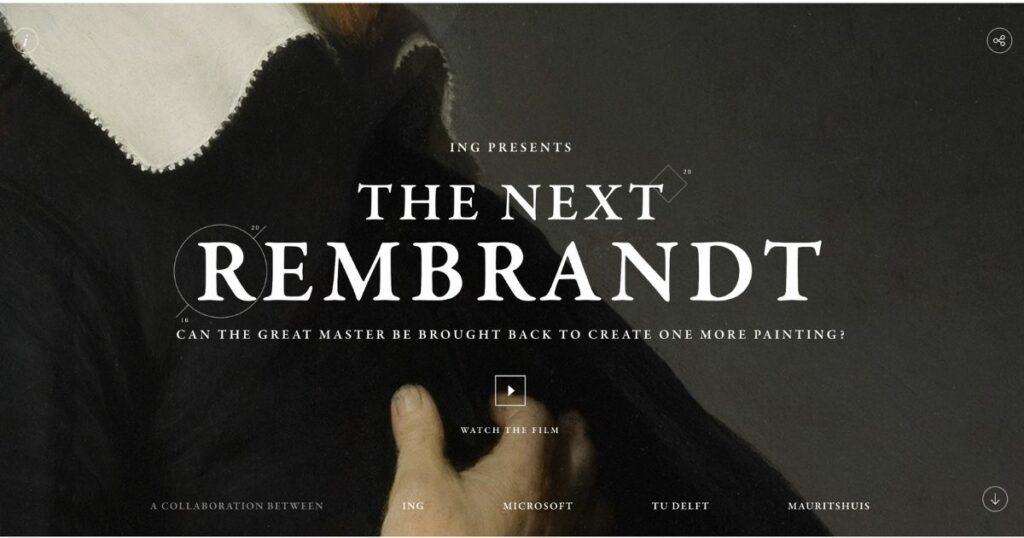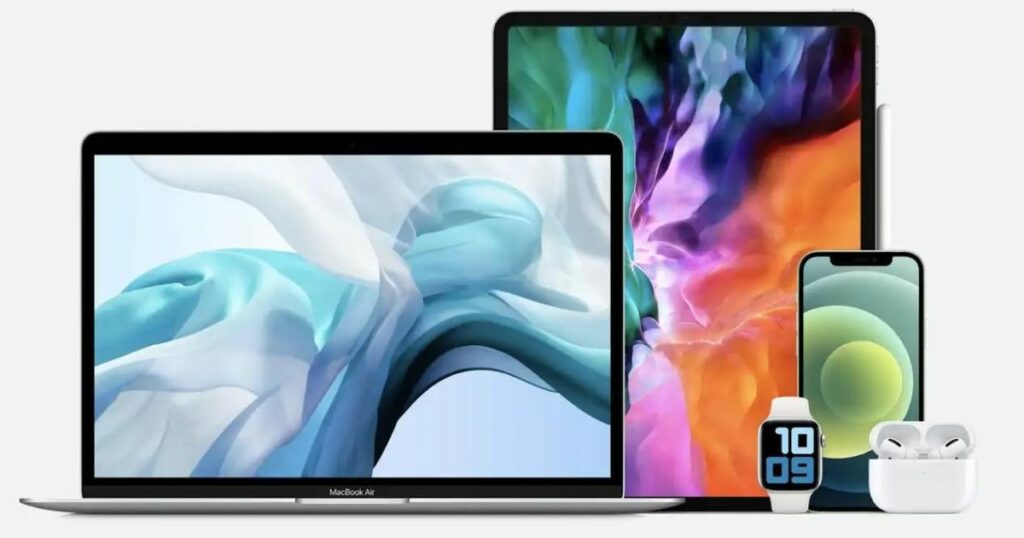Typography, or the style and arrangement of text on a webpage, is an important aspect of website design that can have a significant impact on the user’s experience. The right typography can make text more legible and easier to read, which is especially important for websites with a lot of written content. It can also be used to add personality and style to a website, helping it to stand out from the competition.
Here is a closer look at the impact of typography on website design:
1. Legibility

Image from: optixapp.com
The most important role of typography in website design is to ensure that text is legible and easy to read. Choose a clear typeface, adjust font size to screen and device, and use proper line/paragraph spacing for better readability.
2. Hierarchy
Typography can also be used to create a hierarchy of information on a webpage, with more important elements given larger or bolder font treatments and less important elements given smaller or lighter font treatments. This helps to guide the user’s eye around the page and draw attention to important information.
3. Branding

Image from: dribbble.com
Typography can be used as a key element of branding and can help to establish a company’s identity and create a cohesive look across its website and marketing materials. By selecting a unique and consistent typeface, businesses can create a distinct look and feel for their brand.
4. Mood and Tone

Typography can also be used to set the mood and tone of a website. Different typefaces and font treatments can convey different emotions and atmospheres, such as formality, elegance, or playfulness. It’s important to consider the desired mood and tone of a website when selecting typography.
5. Accessibility

Image from: nextrembrandt.com
It’s also important to consider the accessibility of a website when selecting typography. This includes ensuring that the typeface is easy to read for users with visual impairments, using appropriate font sizes and contrast ratios, and using semantic HTML tags to structure the content and make it more accessible to screen readers.
6. Responsive Design

Image from: hobiehenning.medium.com
With the majority of internet traffic now coming from mobile devices, it’s important to ensure that a website’s typography is responsive and looks good on different screen sizes. You can achieve this by employing responsive design techniques or adopting a mobile-first design approach.
7. Test and Adjust
As with any design element, it’s important to test and adjust the use of typography to ensure that it is effective. One can accomplish this by conducting user testing, where a group of users completes specific tasks on the site and provides feedback.
Typography is an important aspect of website design that can have a significant impact on the user’s experience. Selecting a clear and legible typeface, creating hierarchy, considering branding, setting the mood and tone, and ensuring accessibility, businesses can effectively use typography to create a professional and user-friendly website.



